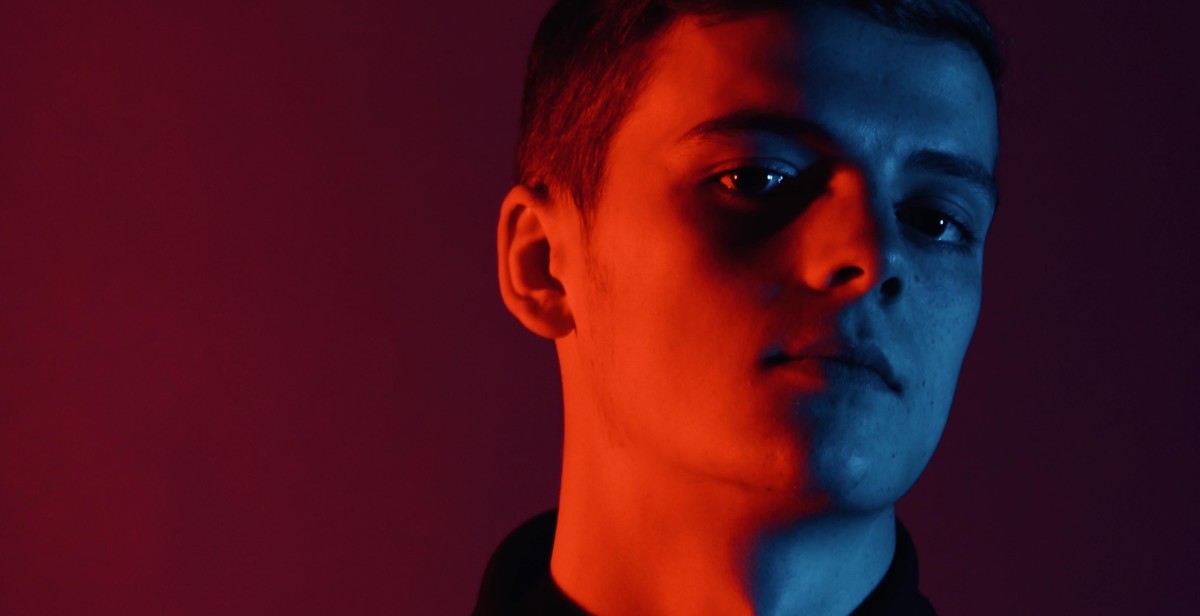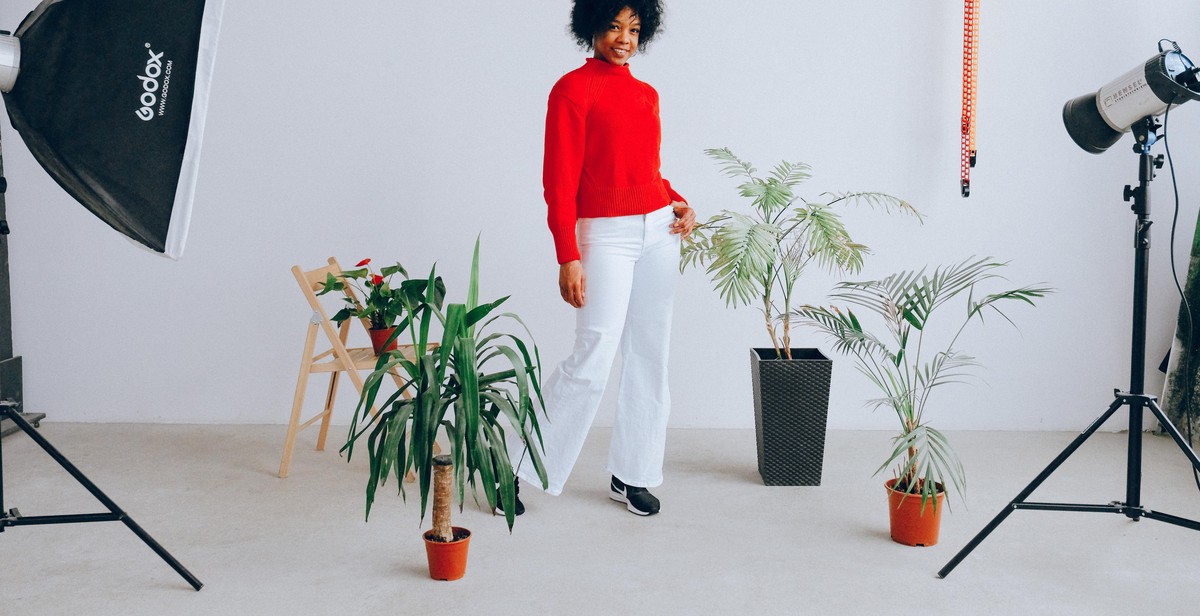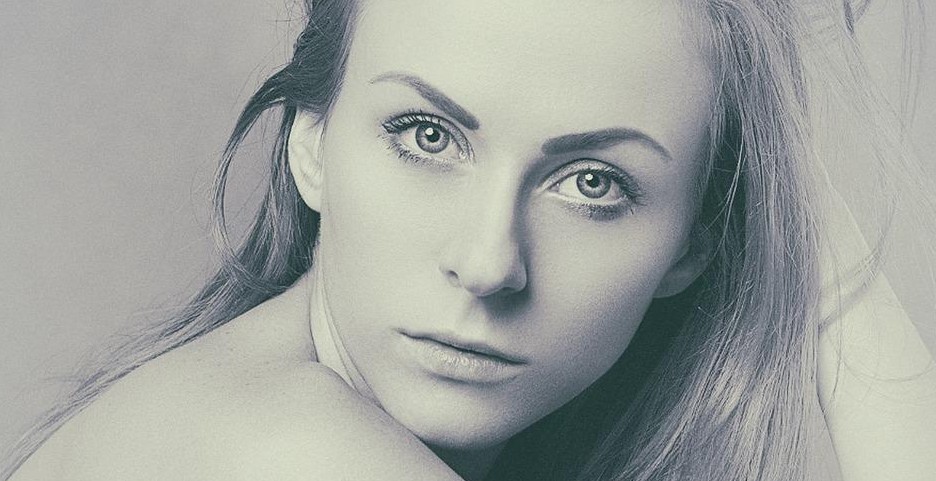How to Master Portrait Photography: Capturing Personality and Expression
Portrait photography is an essential aspect of photography that captures the personality, character, and emotions of an individual or group of individuals. It is a form of art that involves capturing the unique essence of the subject, highlighting their beauty, and telling their story through the lens of the camera.
Portrait photography is crucial for various reasons. For one, it helps to freeze time and preserve memories of significant moments in people’s lives. Whether it’s a graduation, wedding, or a family photo, portrait photography captures the essence of the moment and allows people to relive those memories for years to come.
Portrait photography is also important for professional purposes. In today’s digital age, having a professional headshot or portrait can make a huge difference in one’s career. A high-quality portrait can help individuals stand out in a crowded job market, establish their personal brand, and create a positive first impression with potential clients and employers.
Mastering portrait photography requires a combination of technical skill, artistic vision, and the ability to connect with the subject. In this article, we will explore the key elements of portrait photography and provide tips and techniques for capturing personality and expression in your portraits.

Understanding Your Subject
Portrait photography is not just about capturing a person’s physical appearance, it is about capturing their personality and expression. To master portrait photography, you must be able to connect with your subject and bring out their unique qualities. This requires a combination of technical skill, creativity, and interpersonal communication.
Connecting with Your Subject
Before you even pick up your camera, take the time to get to know your subject. Ask them about their hobbies, interests, and what they hope to achieve from the photoshoot. This will help you understand their personality and what they want to convey in the photographs.
During the photoshoot, make an effort to establish a rapport with your subject. Engage in conversation and make them feel comfortable in front of the camera. This will help them relax and express themselves more naturally.
Posing and Directing Your Subject
Posing your subject is an important aspect of portrait photography. It can help to enhance their features, create a mood, and convey their personality. However, it is important to avoid stiff and unnatural poses. Instead, encourage your subject to move and interact with their environment.
Directing your subject is also important. Give them clear instructions on where to look, how to stand, and what expressions to make. This will help to bring out their best features and create a sense of confidence and comfort in front of the camera.
Using Props and Backgrounds to Enhance the Mood
Props and backgrounds can be a great way to enhance the mood of your photographs. They can add depth, texture, and color to your images. However, it is important to choose props and backgrounds that are appropriate for your subject and the message you want to convey.
For example, if you are photographing a musician, you may want to use musical instruments or a concert stage as a background. If you are photographing a family, you may want to use a park or a beach as a background to create a sense of fun and relaxation.
Tips for Working with Children and Pets
Working with children and pets can be challenging, but also very rewarding. Children and pets are often unpredictable and may not follow your instructions. However, they can also bring a sense of joy and spontaneity to your photographs.
When working with children, be patient and flexible. Allow them to play and explore their environment. This will help them to feel more comfortable and natural in front of the camera. When working with pets, be prepared to move quickly and capture their unique expressions and behaviors.
| Summary |
|---|
| Mastering portrait photography requires a combination of technical skill, creativity, and interpersonal communication. To connect with your subject, take the time to get to know them and establish a rapport. Posing and directing your subject can help to enhance their features and convey their personality. Using props and backgrounds can add depth and color to your images. When working with children and pets, be patient and flexible, and be prepared to capture their unique expressions and behaviors. |

Mastering Lighting
Lighting is one of the most important aspects of portrait photography. It can make or break a shot, and mastering it is essential to capturing personality and expression. There are two main types of lighting: natural and artificial.
Natural Lighting vs. Artificial Lighting
Natural lighting refers to the light that comes from the sun, moon, or stars. It is unpredictable and can change quickly, but it can also create beautiful, soft, and flattering light. When working with natural light, it’s essential to pay attention to the time of day and the direction of the light. Early morning and late afternoon are the best times to shoot because the light is softer and more flattering. Avoid shooting in the middle of the day when the light is harsh and creates unflattering shadows.
Artificial lighting includes studio lights, strobes, and speedlights. Unlike natural light, artificial light is predictable and controllable. It’s perfect for shooting in low light conditions or when you want to create a specific mood or effect. When working with artificial light, it’s essential to understand how to use different types of light sources and modifiers to create the desired effect.
Working with Different Lighting Conditions
In portrait photography, you will encounter different lighting conditions, and it’s essential to know how to work with them. For example, if you’re shooting in an indoor location with low light, you can use a combination of natural and artificial light to create a beautiful shot. Use a reflector to bounce natural light onto your subject, and add artificial light to fill in any shadows.
Alternatively, if you’re shooting outdoors on a bright sunny day, you can use a diffuser to soften the light or move your subject into the shade. You can also use a reflector to bounce light onto your subject and fill in any shadows.
Using Light to Enhance Mood and Emotion
Light can be used to enhance the mood and emotion of your portrait. For example, a soft and diffused light can create a romantic and dreamy mood, while a harsh light can create a dramatic and intense mood.
When shooting portraits, think about the mood and emotion you want to convey and use light to enhance it. You can also use light to highlight certain features of your subject, such as their eyes or cheekbones.
| Tip: | Experiment with different lighting setups and see how they affect the mood and emotion of your portraits. |
|---|

Camera Settings and Equipment for Portrait Photography
Choosing the Right Camera and Lenses
The first step in mastering portrait photography is choosing the right camera and lenses. While any camera can technically be used for portraits, a camera with a larger sensor and interchangeable lenses will give you more control over your images. A full-frame camera is ideal for portrait photography, but a crop-sensor camera can also produce great results.
When it comes to lenses, the most popular choice for portrait photography is a prime lens with a wide aperture, such as a 50mm f/1.8 or an 85mm f/1.4. These lenses create a shallow depth of field, which helps to blur the background and make the subject stand out. A zoom lens can also be used, but it may not produce the same level of bokeh as a prime lens.
Understanding Aperture, Shutter Speed, and ISO
Aperture, shutter speed, and ISO are the three main settings that control exposure in photography. For portrait photography, aperture is the most important setting as it determines the depth of field. A wide aperture (low f-stop number) creates a shallow depth of field, while a narrow aperture (high f-stop number) creates a deeper depth of field.
Shutter speed controls the amount of time the camera’s sensor is exposed to light. A faster shutter speed is ideal for capturing movement, while a slower shutter speed can be used to create motion blur. ISO determines the camera’s sensitivity to light. A low ISO is ideal for portraits as it produces less noise and results in a smoother image.
Using Different Camera Modes for Portrait Photography
Most cameras have different modes that are designed for specific types of photography. In portrait photography, the most commonly used modes are Aperture Priority (A or Av) and Manual (M) modes. Aperture Priority mode allows you to set the aperture and the camera will automatically adjust the shutter speed to achieve the correct exposure. In Manual mode, you have full control over the settings and can adjust them as needed.
Recommended Equipment for Portrait Photography
| Equipment | Recommended Brand/Model |
|---|---|
| Camera | Canon EOS R5 |
| Lens | Canon EF 85mm f/1.4L IS USM |
| Lighting | Godox AD200 Pro |
| Backdrop | Neewer 9x13ft/2.8x4m Photo Studio |
While the above equipment may be expensive, it’s important to note that high-quality equipment doesn’t guarantee great photos. However, investing in good equipment can help you achieve better results and make your job easier. Other recommended equipment includes a tripod, reflectors, and a memory card with a large capacity.

Post-Processing and Editing
Post-processing and editing are essential aspects of portrait photography. They allow you to enhance the images you have captured, correct any mistakes, and create a final product that is polished and professional-looking.
Choosing the right editing software
Choosing the right editing software is crucial to achieving the desired results. There are many options available, but some of the most popular software for portrait photography includes Adobe Photoshop, Lightroom, and Capture One. Each software has its strengths and weaknesses, and it’s essential to choose one that suits your needs and preferences.
Basic editing techniques for portrait photography
Basic editing techniques for portrait photography include adjusting exposure, contrast, saturation, and sharpness. These adjustments can be made using various tools available in the editing software, such as curves, levels, and sliders. Additionally, cropping and straightening the image can also enhance the composition.
Retouching and skin smoothing
Retouching and skin smoothing are crucial aspects of portrait photography. They involve removing blemishes, wrinkles, and other imperfections from the subject’s skin. This can be achieved using tools such as the healing brush, clone stamp, and frequency separation. However, it’s important to use these tools subtly to avoid creating an unnatural look.
Creating black and white portraits
Black and white portraits can create a timeless and classic look, and they are often used to convey mood and emotion. To create black and white portraits, you can use various techniques such as desaturating the image, using black and white filters, or converting the image to grayscale. It’s important to pay attention to the contrast and tonal range to create a striking and impactful image.
| Editing Technique | Editing Software |
|---|---|
| Adjusting exposure, contrast, saturation, and sharpness | Adobe Photoshop, Lightroom, Capture One |
| Retouching and skin smoothing | Adobe Photoshop, Lightroom, Capture One |
| Creating black and white portraits | Adobe Photoshop, Lightroom, Capture One |

Conclusion
Portrait photography is an art that requires patience, skill, and a keen eye for detail. It’s not just about taking a picture; it’s about capturing the personality and expression of the subject. The key to mastering portrait photography is to understand the technical aspects of the camera, lighting, and composition, but also to connect with your subject and bring out their unique qualities.
Putting it all together
Start by getting to know your subject and making them feel comfortable. This will help them relax and show their true personality. Use natural light whenever possible, and pay attention to the position of the sun and shadows. Experiment with different angles and compositions to create a visually interesting image.
Don’t be afraid to give direction and provide feedback to your subject. This will help them feel more confident and engaged in the process. Remember to also take care of the technical details, such as adjusting the aperture, shutter speed, and ISO to achieve the desired effect.
Final thoughts
Portrait photography is a rewarding and challenging genre that requires both technical and creative skills. With practice and patience, you can master the art of capturing personality and expression in your portraits. Remember to always connect with your subject and bring out their unique qualities, and you’ll be sure to create images that truly stand out.
